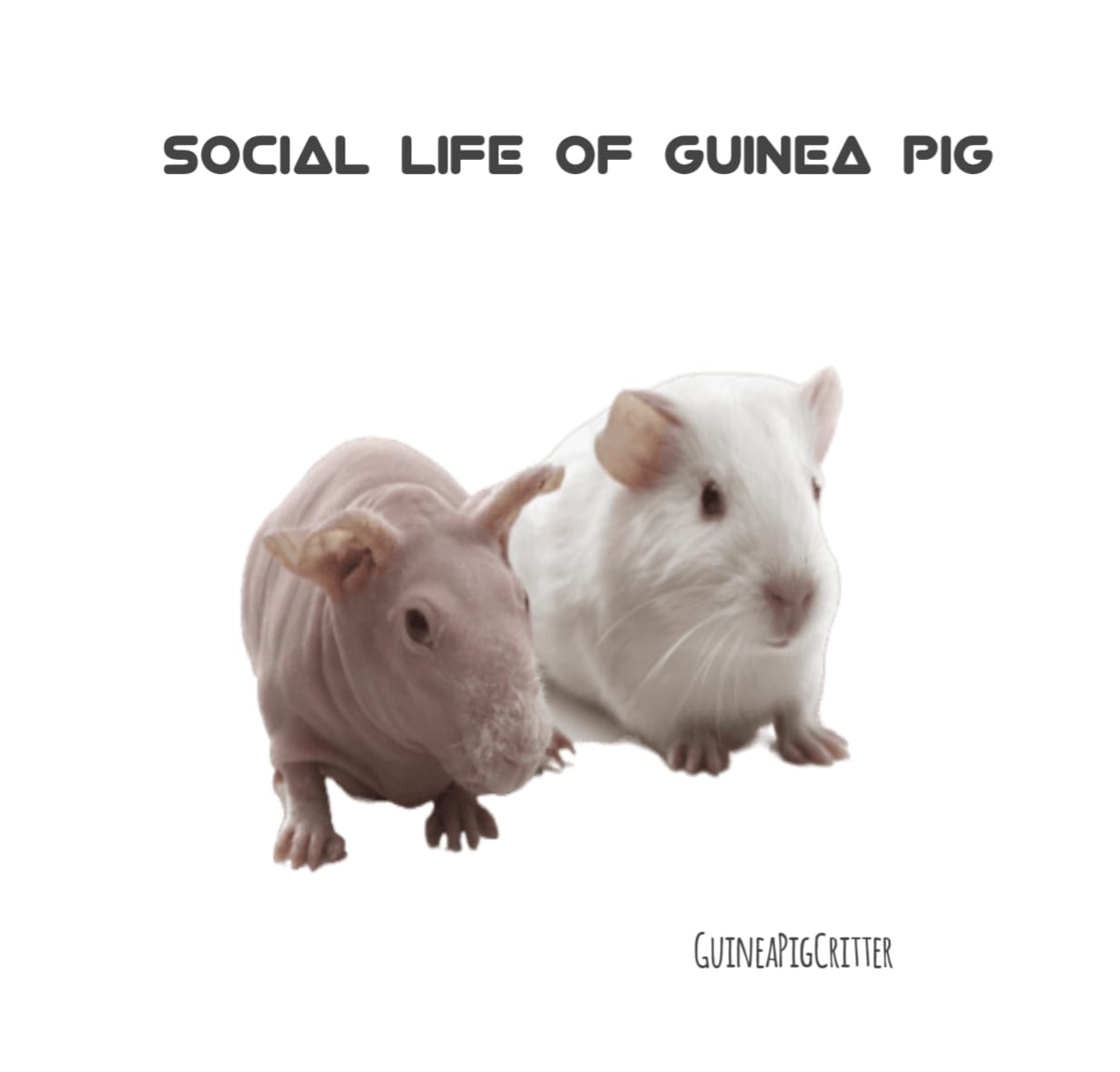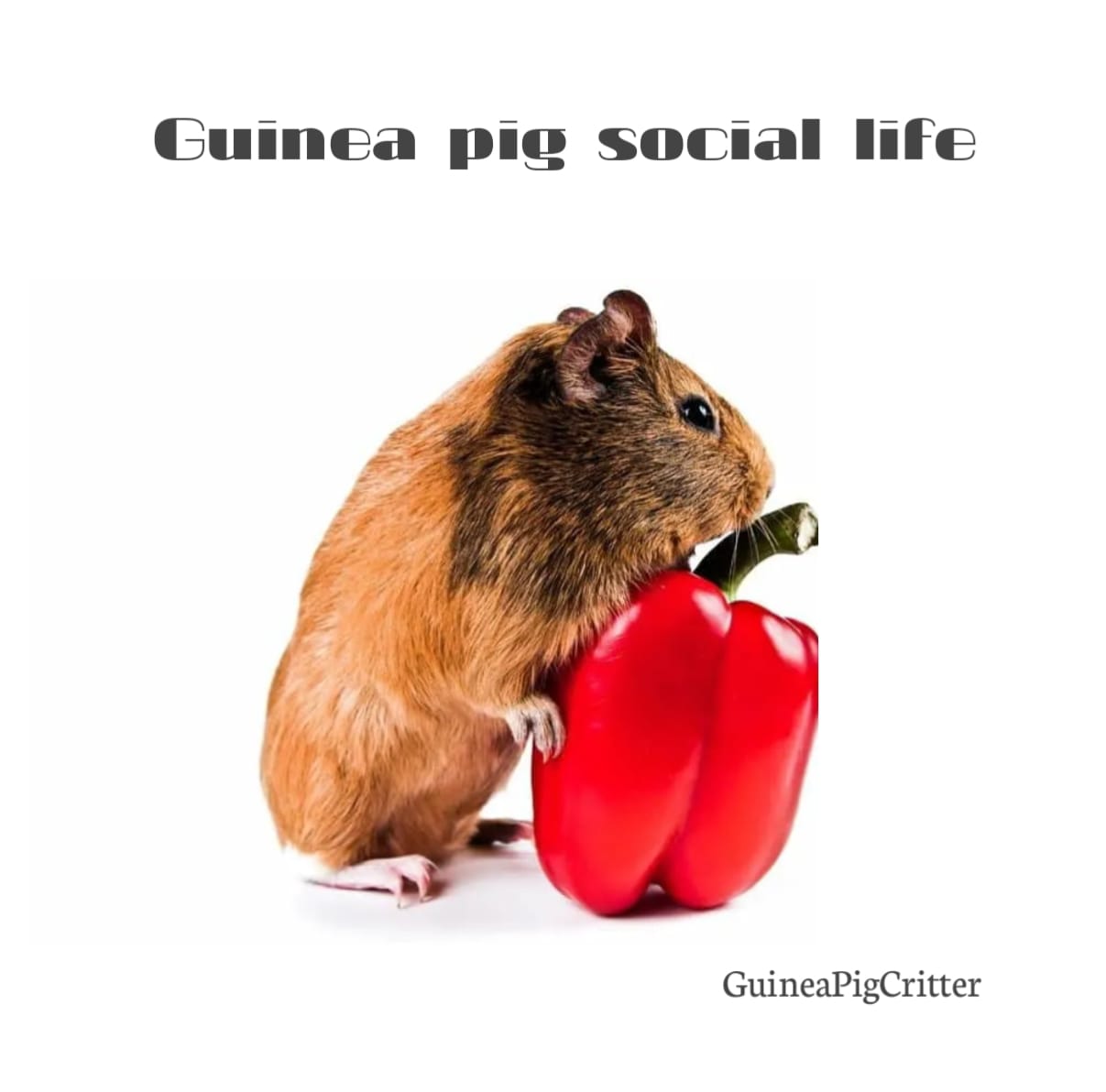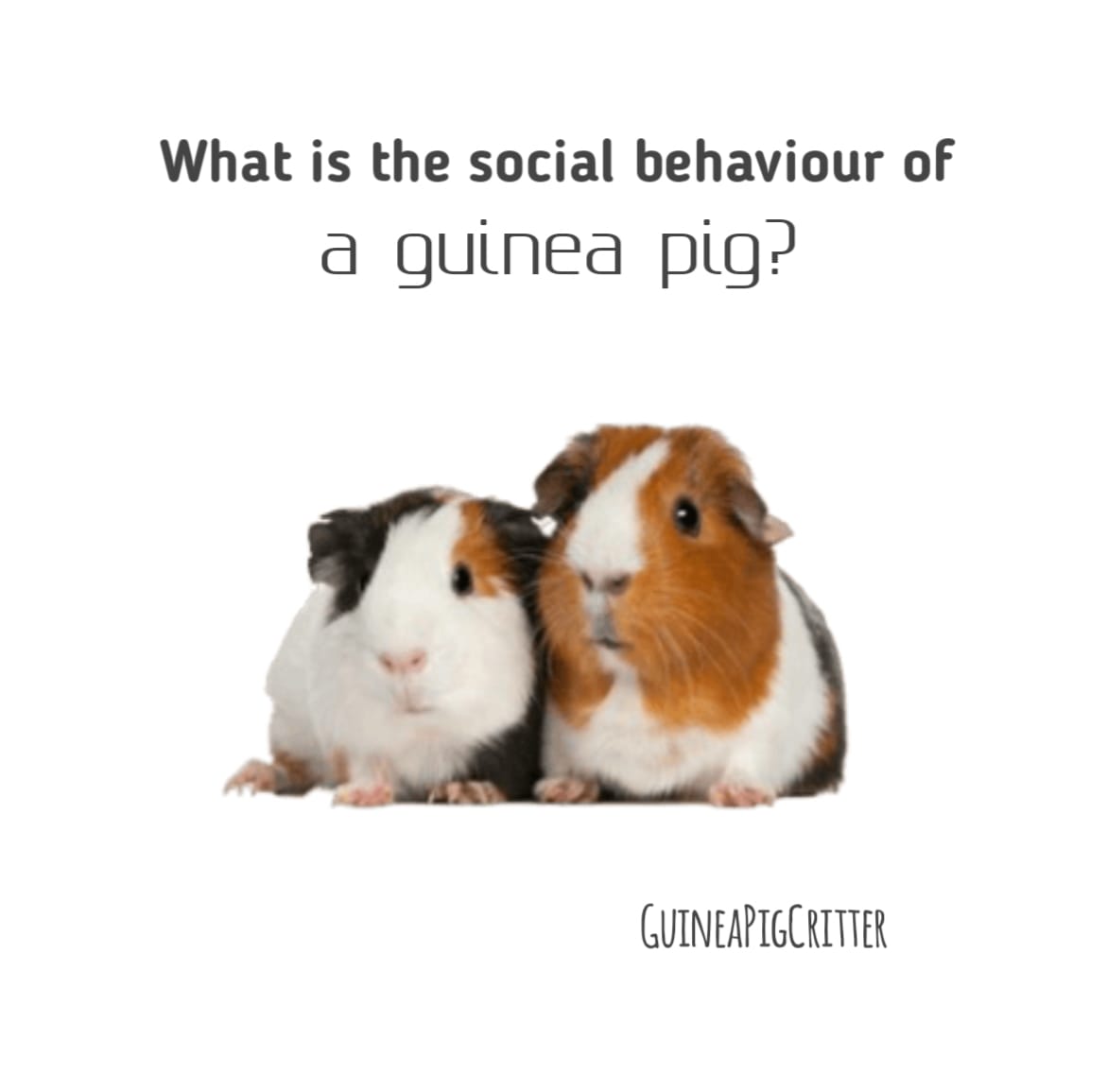While guinea pigs may be tiny in stature, they are quite large indeed in character. These charming rodents-more accurately known as cavies-are the liveliest little animals, having some extremely complicated behavioral traits that can denote emotions, preferences, and needs. Whether you have just acquired one of these furry beauties or are interested in trying to understand it better, the social behavior of these creatures is probably key to keeping them happy and healthy.
For sure, start this section with a short story about guinea pigs walking in families or a story on how they show trust through communication. Then talk about how their social behavior is crucial to the pet owners, emphasize the activities that guinea pigs do instinctively or fixed emotional needs.
You can also mention that guinea pigs are very vocal as compared to rabbits or hamsters.
See this post: How can guinea pigs jump high?
Natural Habitat and Social Structure
Environmental Background
In detail explain the Andean grasslands of South America – what sort of landscape, climate and how guinea pigs interact with potential threats that in turn have influenced the way they socialize.
How guinea pigs choices are to be found in open fields, in small groups so all members can be as observant as possible. But also mention how each guinea pig has an assigned position in this structure, e.g., as a lookout, a leader or a subordinate.
Hierarchy in the Wild and Captivity
Mention with examples where dominance is shown (nudging, grooming etc.?) Describe that when kept in captivity, guinea pigs, though domesticated, still possess this need for hierarchy and dominance behavior exists within these otherwise docile creatures.
Suggest strategies for owners to see when one guinea pig gets a little aggressive, such as by streaking to the forefront of the cage and rumble strutting or stealthily pushing another guinea pig out of the way during mealtime.
Similarities and Differences in Social Structure Between Wild and Domestic Guinea Pigs
Compare it with domesticated guinea pig hierarchies and discuss how domestic guinea pigs tend to be more safe because of their owners but like all other pets, they still exhibit natural behaviors like being herd and nestling and grooming their mates.
Provide practical examples of how these natural behaviors can be displayed even in a safe domestic setting such as constructing a partition to hold the entire family in one area or having a common food bowl.
Types of Social Behaviors in Guinea Pigs
Vocalizations and Communication
Explain the 4 “wheeling” (this comes when excited or hungry), “purring”(can be happy or scared, depending on how high or low the sound is pitched), “chuting” (happy and relaxed disrupting noise) and “rumbling” (a low vibrating noise, sometimes fearful or related to mating which makes it even more aggressive) in Action and focus on each sound in detail.
Situate certain sounds within the range of practice examples, for example “wheeling” around feeding times so that owners can imagine and understand “wheezing” better. How pitch and context explain what is being sounded.
Offer practical advice, such as soothing a timid guinea pig by imitating gentle sounds or encouraging ‘wheeling’ by providing a treat.
Understanding Body Language
Get the insight into important body cues such as screeching which is relaxation, hiding which is nervousness or uneasiness and chattering of teeth which indicates agitation or warning. Hints at getting someone’s attention.
Similar to children, guinea pigs stand on their hind legs and make gestures for curiosity or hunger, explaining their action towards their environment.
Suggestion also should be made how certain gestures in young children can have different meanings as interpretation changes with age-‘popcorning’ might mean joy in a young guinea pig when played but in turns into a form of over-excitement due to age for their older counterparts.
Bonding and Affection
Grooming is an obvious bonding activity concerning how guinea pigs do get attached to each other when they groom. Other such bonding behaviors like licking and gosh gently nudging as ways they express closeness.
Grooming as the activity can also be attributed to the process of building the bond towards humans If guinea pigs like owners then might try to nibble or lick on them. Good manners also should be adopted; slow approaches and jumping should not be allowed. Hand-feeding as well.
Building the bond should be a stepwise process. It should be also mentioned that occurring guinea pigs such humans bond only after certain times. And can be due to a special sounds or some habit.
Emphasize how guinea pigs like to play with each other through dancing, nipping, or running in circles which strengthens their social ties.
Provide suggestions for encouraging playful behavior, for example, by creating a safe area for the guinea pigs with open spaces and adding items for them to play with.
Hierarchy and Dominance
Include rumble strutting as one of the dominant behaviors when one guinea pig arches its back and makes a low sound to establish itself. Such conducts are mild and benign in nature.
Mention how guinea pigs develop a ‘pecking order’ and how it can be observed in groups of more than two guinea pigs. Give examples of circumstances which can lead to dominance aggression such as a new environment or feeding time.
Give advice to pet owners on how to distinguish normal dominance from aggression. State when and how to separate the guinea pigs for a short time to avoid confrontation.
Social Behavior with Humans
Gaining Owners Trust
Step by step, explain how guinea pigs can gain a human’s attachment as long as they are given treats, soft words and other close people, or the owner, is nearby.
Point out the approaches of the human if the guinea pig is composed including jabbing, snuggling and reacting lightly to the sound of the voice.
Provide exercises on bonding by suggesting a soft, simple sound that can be repeated in order to imitate the sounds made by guinea pigs.
Signs of Comfort and Discomfort
List more signs of comfort such as being free to stretch or move about without restriction, and sounds like ‘chuting.’ Explain discomfort signals in detail such as volume squeals, retreating behind objects, and putting a hand up in defense.
Explain situations in which these behaviors occur and how owners will be able to allow the pet to feel safe. Provide examples of practical measures one can take that alleviate the uneasiness, examples include making unique zone areas, speaking with softer tones to the pig, and extending an open hand as a way of introduction.
Importance of Companionship for Guinea pigs Companionship not only eases stress and improves boredom but contributes positively to the overall health and behavior of the companion. Contrast the behaviors of the solitary guinea pigs with those who live in pairs or groups and suggest how companionship affects their activity levels and mental well-being.
Explain how to introduce a new guinea pig as a companion safely and emphasizes the need for patience, gradual introductions, and the need to separate the guinea pigs at first. Provide suggestions on enrichment possibilities if a second guinea pig is not possible such as mirrors, spare toys and increased time with them to provide stimulation. Creating a Socially Enriching Environment Environmental Enrichment.
Describe games encouraging social or exploratory behaviors Define “floor time” as allowing the guinea pigs out of the cage to explore. Explain how this would increase bonding and also increase playful behavior in guinea pigs.
List different forms of variety, for example, changing toy positions or rearranging toys. Explain how a small physical challenge can provide social stimulation as well as a mental one.
Routine and Familiarity
Explain why the integration of routines is useful to the guinea pigs and how owners can form such routines that would also include playtime, feeding time– and also time for interaction.
Propose some steps that need to be taken concerning the routines already in place, in case of the need for change, to avoid creating stress and feeling discomfort.
Social Issues and Solutions
Dealing with Disputes in Guinea Pigs
Explain how guinea pigs occasionally push one another and sometimes show aggression and dominance displays but explain the exception from the rule of normalcy and what is the cutoff for intervention.
Provide suggestions for many issues such as food competition, use of separate feeding areas or even separate dishes.
Show how the proprietors can reduce, jealousy, or rivalry by providing an equal amount of affection and explain how proprietors can step in if the conflict is being raised to a different level.
Also read: can guinea pig and rabbit live together?
Dealing with Shyness or Fear in Guinea Pigs
List small techniques that can be used when dealing with non-aggressive guinea pigs that are scared or are anxious such as, gently holding and needing to avoid unexpected movement along with quiet areas.
Explain how practicing slowly over a long time frames and how it can increase self-assurance. Give ways to observe the improvement of shyness, for instance, making one’s way openly without exploring too much, or looking at people in the eyes.
Conclusion
Highlight the main points in the essay and state that guinea pigs are very friendly animals who need a friend and attention all the time along with stimulation.
Let the owners reiterate and continuously seek for more especially about their guinea pigs, as this only boosts their understanding towards their pets and certainly improves the life of the guinea pig.
Finally, let the readers be reminded that in order for one’s relationship with the pets to be complete, and the guinea pigs remain happy and healthy then such social tendencies should indeed be maintained and developed.


